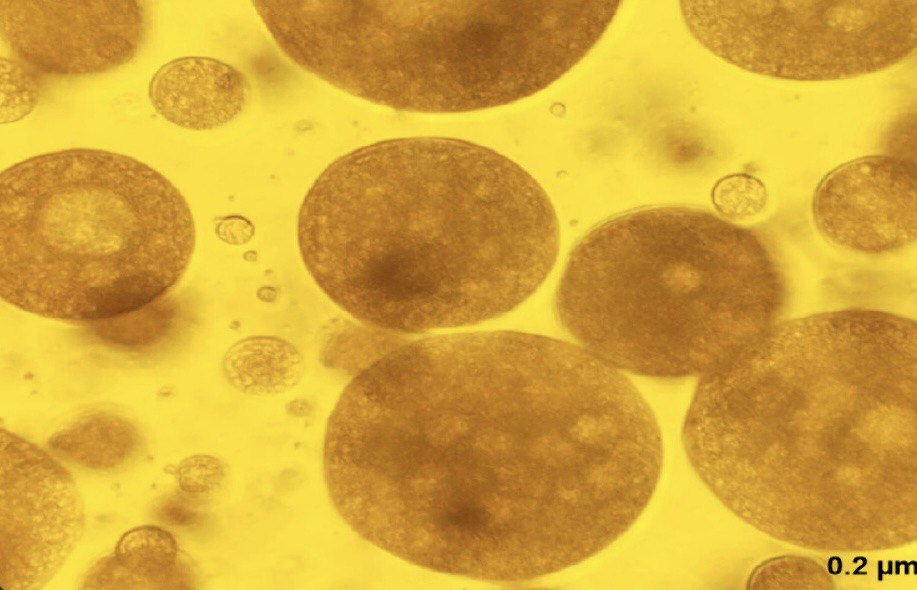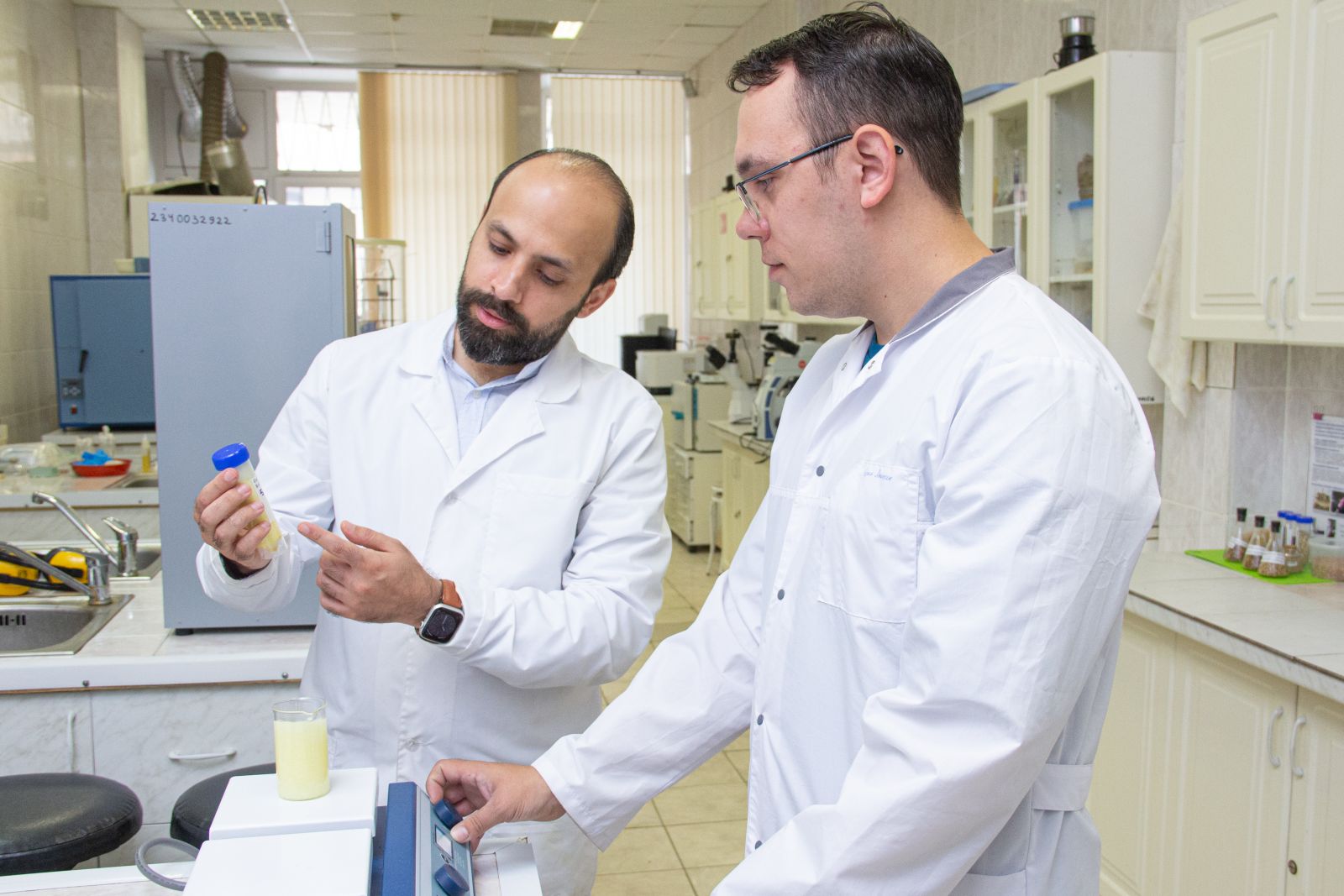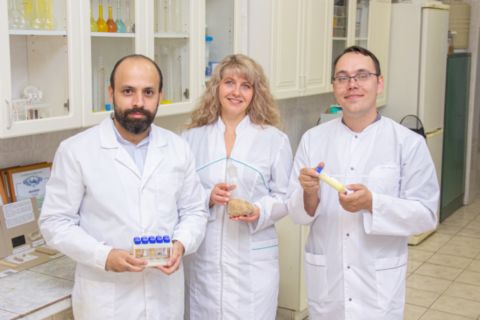Evaluating results of the grant work by the scientific team of biotechnologists of the SUSU School of Medical Biology, it is worth noting the developments aimed at forming the added usefulness of food systems that make up the main diets of the population and have a preventive effect on non-communicable diseases.
Thus, the three-year work by the international scientific team headed by a young scientist Anyum Varish (PhD, India) on the project "Development of a Conceptual Methodology for the Use of Non-thermal Dual-type Technologies in the Synthesis of Authentic Bioactive Food Ingredients Bioavailable in Food Systems" supported by the Russian Science Foundation resulted in obtaining a patented by the SUSU developers food ingredient based on bioactive components of brown algae encapsulated in a double emulsion. In fact, double emulsion, acting as a protective shell, fully preserves the authenticity of the bioactive properties of the embedded substance throughout the entire transportation route in the human body systems, which has been proven by scientists in model digestion systems.

The scientists developed a methodological approach to obtaining a stable system of the emulsion food ingredient suitable for fortification in food systems; and based on quantum-chemical calculations using density functional theory methods, critical points and conditions for influencing them were objectively proven to achieve the goal of ensuring the authenticity of the ingredient. Cavitation effects of ultrasonic treatment in the dual-action format help developers to carefully combine all components of the unique double emulsion ("water-oil-water" or "oil-water-oil") at the molecular level.
“All our experimental works on the project being implemented are based on the construction of predictive models using artificial intelligence methods, which determines the possibility of reducing routine research work,” said Director of the SUSU School of Medical Biology Irina Potoroko. “Having competencies in the field of quantum chemical calculations and molecular docking modelling, the scientific team predicts the behaviour of the studied food component at the level of incorporation into the matrix of the food product and subsequent transportation in the gastrointestinal tract. We can recognize how a certain component works in terms of reducing the risks of developing gastrointestinal problems or non-communicable diseases. We conduct such research at an interdisciplinary level, in close cooperation with fellow chemists and biologists of our university and scientists from other countries. Today, we have a large amount of accumulated material, and therefore hope for a productive continuation of the project in order to effectively combine all our related developments into a leading scientific and technological solution.”

Using previous proprietary technologies and methodologies, the Chelyabinsk scientists will continue to work on enriching food systems with authentic bioactive substances. Research on Pickering emulsions in-depth studied by the research team will be added, as well as studies related to the introduction of resistant starch into the matrix of food products and bioactive components into meat systems. The translation of methodological approaches for the creation of new emulsion bioactive compositions, in particular berberine (a plant bioactive component of proven usefulness), has proven the viability of the development and determined the interest for practical implementation in real production conditions.




